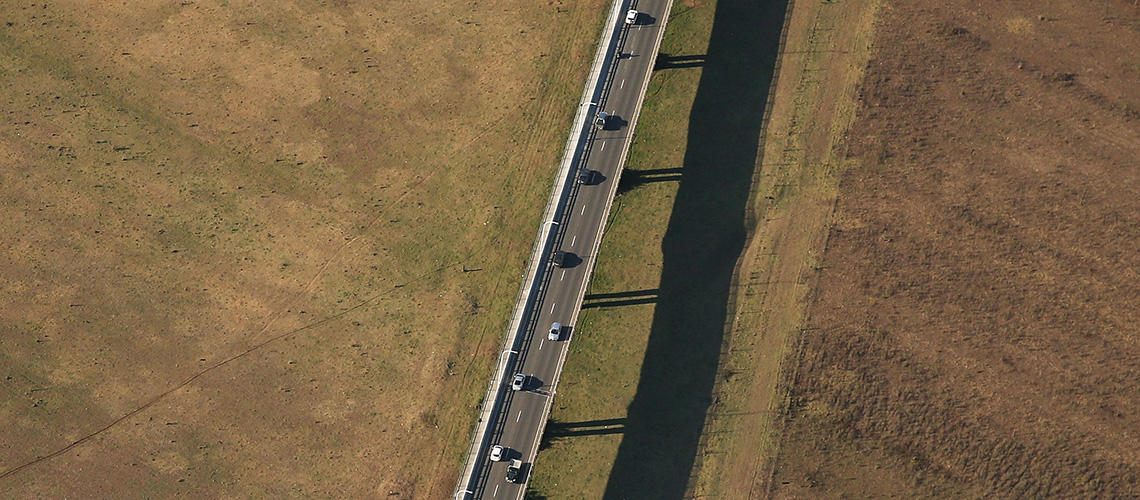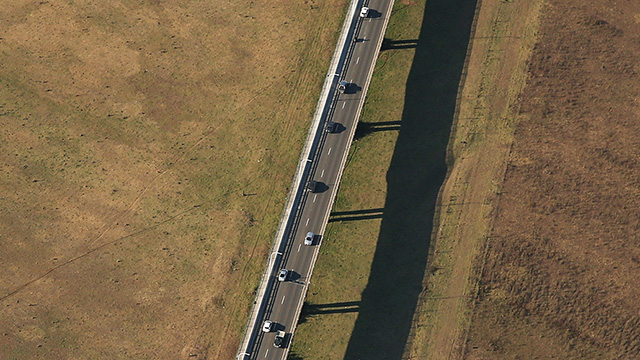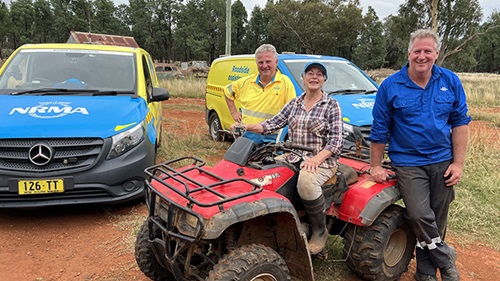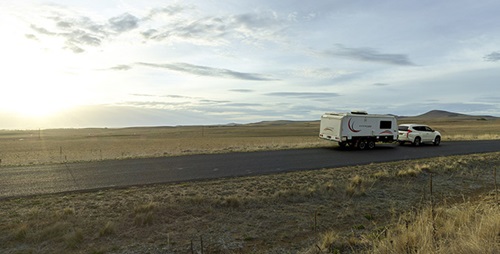The NRMA is calling on Australian governments to transition from the antiquated fuel excise model to a more progressive and equitable ‘user pays’ charging system to ensure the necessary funds to build and maintain roads over the long term.
Fuel excise in Australia is set to return to its full 46 cents per litre on the wholesale price of petrol and diesel on 29 September 2022, following a temporary reduction to ease cost of living pressures.
The NRMA believes now is the right time to consider a ‘Road User Charge’ model that will improve the current tax system and help to ensure greater fairness for road users as Australians transition to more fuel efficient vehicles, including fully electric variants.
Transitioning the fuel excise to a Road User Charge model should be revenue neutral and not increase the overall tax burden on motorists.
Reform should also include consolidating other road-related taxes and charges, including registration and stamp duty, to simplify the system and improve transparency for motorists.
Critically, a Road User Charge should not create a further barrier to the uptake of EVs in Australia. Last year, the NRMA supported introducing a 2.5c/km (indexed to CPI) charge on EVs, but only from 1 July 2027 or when EVs represent 30 per cent of new vehicle sales.
To accomplish this, the NRMA proposes a phased approach to introduce this Road User Charge model:
Phase 1
Rationalise the tolled motorway network
Network-wide charging will improve simplicity, consistency and user equity.
Multiple trip charging caps could benefit rationalisation and support heavy users.
Phase 2
Replace fixed charges, including registration and stamp duty, with a distance-based charge
Distance-based charging will remove inefficient and inequitable fixed charges.
Distance-based charging can underpin further road pricing reform.
Phase 3
Replace fuel excise with a distance-based charge, including caps to ensure cost neutrality
Distance-based charging will remove a regressive and unsustainable tax.
Distance-based charging at the state and territory level would effectively administer a ‘tax switch’, giving states greater control over decision making that impacts their road network.
Phase 4
Introduce variable charging based on location, time of day and type of vehicle
Variable charging will improve user equity and enable dynamic traffic management.
Network efficiency will enhance asset utilisation.
Phase 5
Adjust changes over time to ensure sustainable roads and transport funding
Enables flexible charging based on consumer propensity to pay and funding requirements.
Enables improved decision making in relation to capital expenditure and maintenance.
NRMA’s CEO of Membership & Motoring, Emma Harrington, said governments must work together to transition the fuel excise to a more equitable model that’s better suited to Australia’s changing mobility landscape.
“Australia is now ready for sensible reform of the tax system to ensure a fairer and more equitable way of charging motorists for road use without increasing the burden on families and businesses”, Ms Harrington said.
“The fuel excise is increasingly becoming less sustainable as a revenue source. The NRMA believes that a Road User Charge model, initially based on distance travelled, will ultimately best serve Australian motorists as we move into the future.
“Once established, a Road User Charge should evolve to consider further use factors to improve equity and road network efficiency, including location, time of day and vehicle type. Price adjustments should also be considered over time to ensure sustainable funding.”





